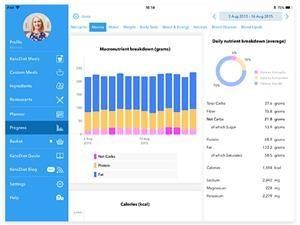Home
We are your source for total information and resources for Keto Meal Plan for Beginners Free on the web.
Meals tend to consist primarily of animal proteins and plant and animal fats with nonstarchy vegetables. Calcium, Magnesium, Manganese, and Potassium are also very low, but we need to manage those as part of our electrolyte strategy anyways on keto. 2g net carbs): 2 oz ham, 2 Tbsp cream cheese, and 2 dill pickle spears Dinner (7. Learn more ↩ It’s often claimed that eating breakfast is good for weight control.
2 Questions to Ask Before You Start A Ketogenic Diet There are 2 questions that completely change HOW to start a keto diet. Meat, Poultry, and Fish Note: If possible, choose meats and poultry that are organic, grass-fed, free-range, hormone-free, and antibiotic-free. In fact, you look at the grizzly bears, and I remember visiting Admiralty Island in Alaska, which was fascinating. Somewhat surprisingly, chocolate can be part of a ketogenic diet. Greater than 2 grams per kg of reference body weight may be an example of too much protein per day, if you want to stay in ketosis.
Below are Some Even more Resources on Keto Meal Plan for Beginners Free

Here are Some More Resources on Keto Meal Plan for Beginners Free
Meat, fish, eggs, and dairy feature heavily in the keto diet. Unsweetened green tea: Green tea is delicious and provides many health benefits. The fattier types of fish and meat are recommended to help you stay in ketosis.
Here are Some More Resources on Keto Meal Plan for Weight Training
For example, here is our one week dairy-free meal plan: One Week Dairy-Free Keto Meal Plan Monday Breakfast: 1-2 slices of Keto Zucchini Bread with Walnuts Lunch: 1 serving of Thai BBQ Pork Salad Dinner: 1-2 servings of Keto BBQ Chicken Pizza (Dairy Free Crust) Side Dish: 1 serving of Oven Roasted Caprese Salad Dessert (optional): pick any dessert from our dairy-free keto guide and use it to fulfill your macronutrient needs. How to get into ketosis on a keto diet Here are the seven most important things to increase your level of ketosis, ranked from most to least important: Restrict carbohydrates to 20 digestible grams per day or less – a strict low-carb or keto diet. Though various sources report different percentages, a keto diet comprises approximately: 55–60% fats 30–35% protein 5–10% carbohydrates A study in the Journal of Nutrition and Metabolism reports that those following a “well-formulated” keto diet typically consume under 50 grams (g) of carbs and approximately 1.
More Info About Keto Meal Plan for Beginners Free
These adverse effects may include: constipation fatigue low blood sugar nausea vomiting headaches a low tolerance for exercise These symptoms are especially common at the beginning of the diet as the body adjusts to its new energy source. Be sure to read the labels, and avoid any sauce with added sugar. It may be a magnesium deficiency and rarely a sodium deficiency. You could also drop your fat down to 75 percent and force your body to burn more of its own fat. Processed foods: Fast food, packaged foods and processed meats such as hot dogs and lunch meats. Ensure there are at least 12 hours between your last and first meal, longer if you can hold it.
\Previous Next
See Also
Keto Bulking Meal Plan Reddit
4 Week Vegan Keto Meal Plan
Keto Meal Plan Free Recipes
Terms of Service
Disclosure Statement
DMCA
Privacy Statement
Contact
***
Categories
Copyright© The Keto Meal Plans All Rights Reserved Worldwide
